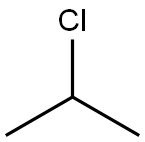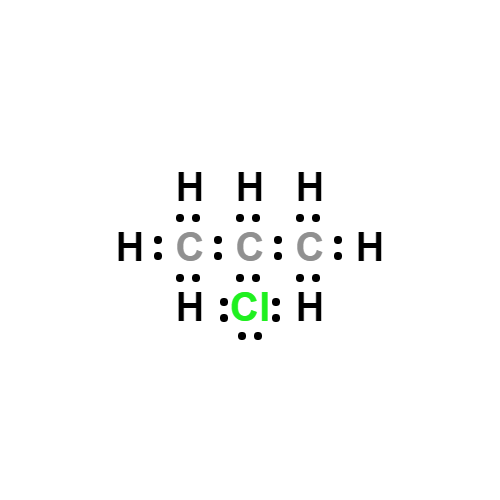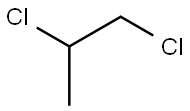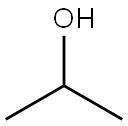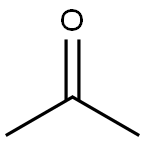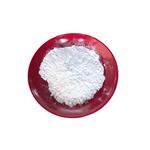Chemical Properties
Colourless liquid
Uses
2-Chloropropane is used as a solvent and an intermediate. It shows anesthetic properties. Further, it is used as an alternative foam-blowing agent. It is used to prepare chlorodiethylisopropylsilane.
Uses
2-Chloropropane decomposes by first-order reaction to give hydrogen chloride and propylene. It is a short-chain chlorinated paraffins that is a component in lubricant additives, metal processing, leather fat-liquoring, plastics softening, PVC plasticizing, flame retardants in paints, adhesives and sealants. It shows anesthetic properties. Further, it is used as an alternative foam-blowing agent.
2-Chloropropane is used as a solvent and an intermediate.It can be used as a reactant:
In the Friedel-Crafts alkylation reaction of difluorobenzene and toluene using solid acid and methylalumoxane catalysts, respectively.
To prepare 4-amino-3-iodo-1-(isopropyl)pyrazolo[3,4-d]pyrimidine, a key intermediate for the synthesis of PfPK7 kinase inhibitors.
It is used to prepare benzylisopropylphenylphosphine and chlorodiethylisopropylsilane.
General Description
A colorless liquid with a chloroform-like odor. Vapors heavier than air. Less dense than water. May irritate skin and eyes, and be narcotic in high concentrations. A fire and explosion risk. Used to make other chemicals.
Air & Water Reactions
Highly flammable. Slightly soluble in water.
Reactivity Profile
Halogenated aliphatic compounds, such as 2-Chloropropane, are moderately or very reactive. Reactivity generally decreases with increased degree of substitution of halogen for hydrogen atoms. Low molecular weight haloalkanes are highly flammable and can react with some metals to form dangerous products. Materials in this group are incompatible with strong oxidizing and reducing agents. Also, they are incompatible with many amines, nitrides, azo/diazo compounds, alkali metals, and epoxides.
Hazard
Highly flammable, fire and explosion risk,
explosive limits in air 2.8–10.7%.
Health Hazard
ACUTE/CHRONIC HAZARDS: Fire hazard: Highly dangerous; when exposed to heat, flame or oxidizers. Explosion hazard: Moderate when exposed to heat or flame.
Fire Hazard
HIGHLY FLAMMABLE: Will be easily ignited by heat, sparks or flames. Vapors may form explosive mixtures with air. Vapors may travel to source of ignition and flash back. Most vapors are heavier than air. They will spread along ground and collect in low or confined areas (sewers, basements, tanks). Vapor explosion hazard indoors, outdoors or in sewers. Runoff to sewer may create fire or explosion hazard. Containers may explode when heated. Many liquids are lighter than water.
Safety Profile
Mutation data reported.
A flammable liquid. A very dangerous fire
hazard when exposed to heat, flame, or
oxidners. When heated to decomposition it
emits toxic fumes of Cl-. See also 1
CHLOROPROPANE.
Purification Methods
Purify the chloride with 95% H2SO4 as described for isopropyl bromide, then dry with MgSO4, P2O5 or CaH2, and fractionally distil it from Na2CO3 or CaH2. Alternatively, a stream of oxygen containing ca 5% ozone is passed through the chloride for about three times as long as is necessary to obtain the first coloration of starch iodide paper by the exit gas, and the liquid is then washed with NaHCO3 solution to hydrolyse ozonides and remove organic acids before drying and distilling. [Beilstein 1 IV 191.]
Toxics Screening Level
The initial threshold screening level (ITSL) is 100 μg/m3 based on 24 hour averaging.
